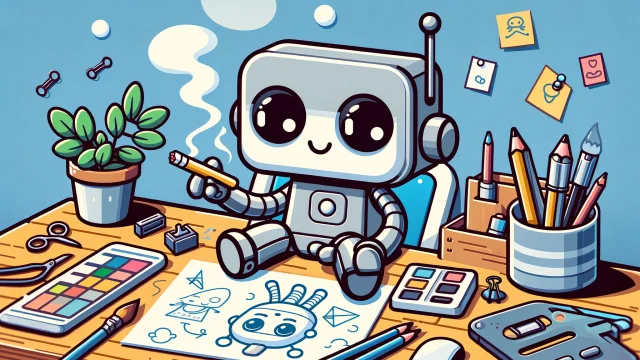Dragon Ball Puff-Puff: A Humorous and Quirky Element of the Franchise
The term “Puff-Puff” in the Dragon Ball franchise refers to a humorous and slightly risqué trope introduced by Akira Toriyama. While it often serves as comic relief, the concept has become a memorable part of the series, showcasing Toriyama’s lighthearted approach to storytelling.
This article explores the origins, significance, and various appearances of Puff-Puff in Dragon Ball, as well as its cultural context and fan reception.
1. What Is Puff-Puff in Dragon Ball?
1.1. Definition
- Puff-Puff refers to a playful and comedic gesture, usually involving a female character pressing their chest against someone else, often in a flirtatious or teasing manner.
- The term is synonymous with lighthearted humor in the series and is typically portrayed in non-serious contexts.
1.2. First Appearance
- Puff-Puff first appears in the original Dragon Ball series during Goku’s early adventures, often used in interactions involving Master Roshi or other characters with mischievous tendencies.
2. Memorable Puff-Puff Moments in Dragon Ball
2.1. Master Roshi and Oolong
- Master Roshi, known for his perverted antics, is often the instigator of Puff-Puff jokes. In one iconic scene, Oolong transforms into a young woman to trick Roshi, offering a fake Puff-Puff experience in exchange for a Dragon Ball.
2.2. Bulma’s Role
- Bulma, one of the series’ main characters, unwittingly becomes part of Puff-Puff-related humor on several occasions, showcasing her quick wit and comedic chemistry with other characters.
2.3. Dragon Ball Z and Beyond
- While Puff-Puff humor is more prevalent in the original Dragon Ball, references occasionally appear in later series, such as Dragon Ball Z and Dragon Ball Super, typically in more subdued forms.
3. Cultural Context of Puff-Puff
3.1. Japanese Comedy Influence
- Puff-Puff humor reflects a common trope in Japanese comedy, blending suggestive themes with exaggerated reactions for comedic effect.
3.2. Toriyama’s Humor Style
- Akira Toriyama often incorporates lighthearted and cheeky humor in his works, using Puff-Puff moments to balance the series’ action and drama.
4. Fan Reception and Legacy
4.1. Mixed Reactions
- Puff-Puff is viewed by fans as a humorous and nostalgic element of the series, though its risqué nature may not resonate with all audiences.
4.2. Memes and References
- Puff-Puff has inspired countless memes, fan art, and parodies, cementing its place in Dragon Ball culture.
5. Puff-Puff in Video Games
5.1. Dragon Ball RPGs
- Some Dragon Ball video games, such as Dragon Ball: Xenoverse and Dragon Ball: Kakarot, include references to Puff-Puff, either as dialogue or in side quests.
5.2. Humor in Gameplay
- Puff-Puff moments in games are often used as Easter eggs or lighthearted breaks from intense battles, appealing to fans familiar with the series’ humor.
6. Why Puff-Puff Remains Iconic
6.1. Lighthearted Charm
- Puff-Puff moments remind fans of the playful and carefree tone that defined the early days of Dragon Ball.
6.2. Memorable Characters
- The trope is often associated with beloved characters like Master Roshi and Oolong, enhancing its nostalgic appeal.
6.3. Balancing Humor with Action
- Puff-Puff serves as a comedic counterbalance to the series’ high-stakes battles and emotional moments, showcasing Dragon Ball’s versatility.
Conclusion: Puff-Puff’s Place in Dragon Ball History
Puff-Puff is a quirky and humorous element that embodies the playful spirit of Dragon Ball. While not central to the series’ core themes, it has become a memorable part of the franchise’s identity, providing fans with lighthearted moments amidst the epic battles and character growth.
Whether you view Puff-Puff as a nostalgic callback or a cheeky joke, its presence highlights Akira Toriyama’s unique ability to blend humor, action, and storytelling in a way that continues to entertain fans across generations.

